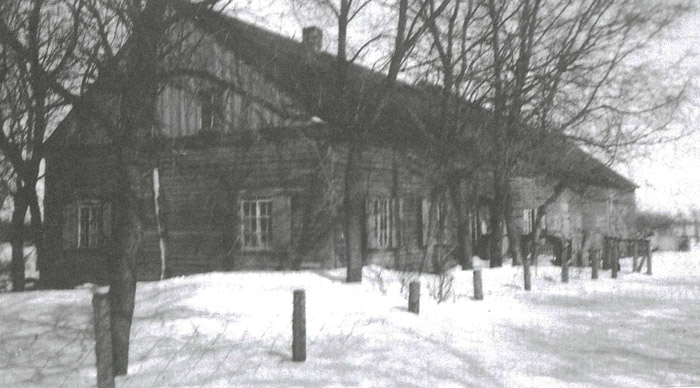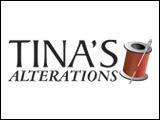This week we are beginning with our deep dive into the first families of Steinbach. For the historians reading, this is merely a brief overview and I encourage you delve into the many great texts on local history, many of which can be purchased at the Village Books & Gifts here at MHV. On May 24th, MHV is celebrating its 60th anniversary at our annual Spring Gala, please consider purchasing tickets or a table sponsorship and come enjoy the event!
The name of the new village of Steinbach, established in 1874 with the arrival of Mennonites between July and August of that year, came from the connection many of these families had with their home village of Steinbach, Borosenko, Chortitza. They generally arrived on 3 sailings of two ships bound for Quebec; the S.S. Austrian (July 17), the S.S. Hibernian (Aug. 27), and another sailing of the S.S. Austrian (Aug. 31). The majority of these families were of the Kleine Gemeinde Mennonite group, and the few families who were from other congregations, such as the Defehr’s, struggled to find a foothold in the community and moved on within a few years.
Due to their arrival late in the season and settling an unfamiliar country, these Mennonite settlers engaged with the Métis neighbours to purchase goods and contract expertise. Cornelius Toews of Gruenfeld (Kleefeld) wrote: “Many of us have purchased our cattle, potatoes, and other goods from [the Métis]. Everyone who has had business with them praises their hospitality. Indeed, you can take it, that truthfully, these people often put us to shame. We engaged a [Métis man] as a surveyor during the establishment of our settlement, who marked out the boundaries for us, and who shared his instructions with us to inform us regarding anything necessary for us to learn. A wonderful man who was eager to work.” Peter Toews of Blumenort wrote in 1875, “Trips are often made to [Ste. Anne], where a brisk trade is going on. And if one goes from house to house to buy peas, chickens or cats, one is compelled to stop a little at each place, and if it is meal time, one is invited to join in, so much that one can hardly decline.” Unfortunately, these early connections started to lessen as the Mennonite settlers became more self-sufficient and suspicion of the Catholic faith of the Métis and Francophones due to persecution in Europe created divides.
The village of Steinbach was comprised of 20 quarter-section lots, sold to the head of a household for $10, and two of the first Steinbach residents (Klaas R. Reimer and Franz Kroeker) purchased an extra quarter-section at the cost of $1/acre ($160 total). 18 families settled these 20 wirtschaft (“household”) in this new community, and their specific eccentricities contributed to Steinbach becoming the unique community it is today!
Following the wirtschaft numbering used to denote the lots on the plaques laid out along Elmdale Street in Steinbach, we will begin with the family of Franz Kroeker and Margaretha Plett. As one of the more well-to-do residents, Franz was a purchaser of an extra quarter-section, which he later passed on to his son Cornelius. Even so, they had modest beginnings in Canada and shared a semlin with their neighbours, the Fasts, for the first winter. Two years later they built a large house-barn which also served as the meeting place for the Kleine Gemeinde church, and it was here that John Holdeman held services to attract new members. Their connection with John Mack, a settler from Clearsprings bought them access to fresh hay, and the Kroeker’s were able to winter over their oxen and cows successfully. In 1882, they went on to expand their holdings by purchasing the Fast’s neighboring wirtschaft 3, making them the second wealthiest family in Steinbach, and the highest assessed farmer in the village.
An injury eventually led to lameness later in life for Franz, and his children would go on to continue that legacy. Son Cornelius P. Kroeker was a well-known thresher, co-owning a Rumely steam thresher. Daughter Margaretha and her husband took over wirtschaft 3 and ran a large farming operation and a small grocer. The youngest daughter, Sarah, moved to the west side of Main St. and farmed with her husband Peter R. Dueck, who was an ordained Altester. Late in life, she moved with four of her daughters to Mexico. Eventually, the large land holdings of the Kroeker family became part of the growing town of Steinbach, and many Steinbach residents live on land worked by their hands.




